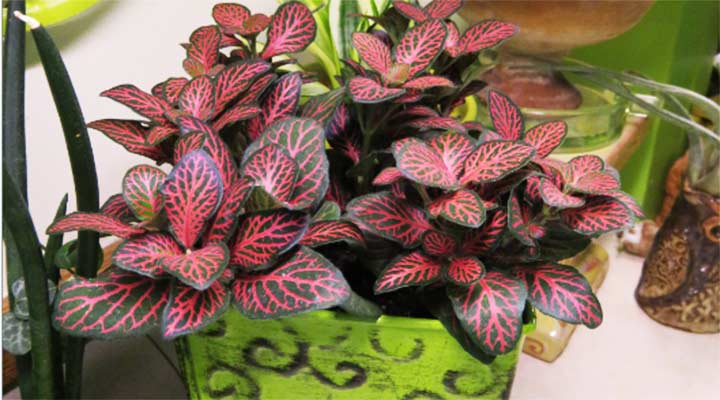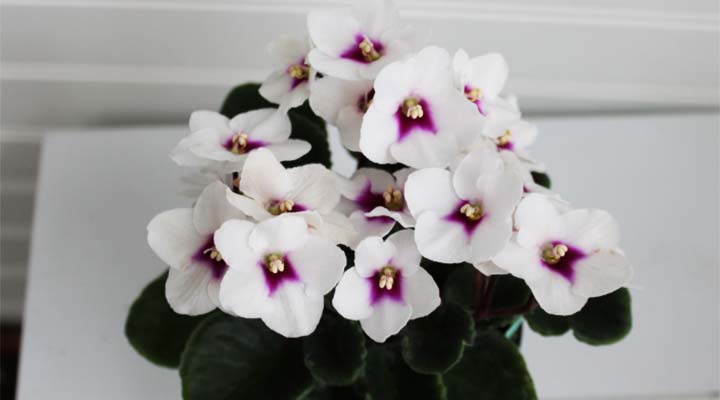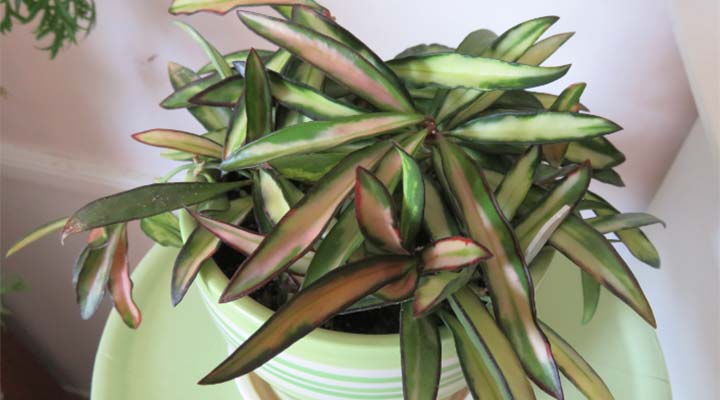
How to Move Plants So They Survive
Mar 31, 2023 / Alyssa Duranty
Since she purchased her first houseplant at seven years old, greenery has slowly filled Julie Bawden-Davis’ life. In the houses she has had around the world, signs of nature have lined her window sills and now her collection has grown to 200 plants. And that’s just indoors.
“Houseplants are my first love,”; said Bawden-Davis, a former garden columnist for the Los Angeles Times who still writes about how to take care of and transport plants on her website Healthy Houseplants. “I wouldn’t be surprised if I have close to 1,000 plants all together.”;
She’s moved several times, and has learned a few things from taking her beloved plants with her. Bawden-Davis recently took off her gardening gloves to share great tips for other movers. So did a self-proclaimed houseplant guru who has kept plants alive for several generations. So keep reading to prevent your green thumb from turning brown on moving day!
Water Plants Days Before a Move
To avoid soggy soil and parched plants, water your houseplants a couple of days before a move, depending on the time of year.
“You don’t want to water the plant too close to the move, because the plant will be too heavy and you don’t want it dripping water inside your car,”; Bawden-Davis said. “However, you don’t want your plants to be dry, because you could end up with a dead plant.”;
If you’re moving in the summer, water plants one or two days before the haul. In the winter, water three to four days prior to packing, she added.
No matter the season, once you’ve watered, cover houseplants when they’re outdoors to protect them from the unusual elements, said Lisa Eldred Steinkopf, a Michigan-based expert and Houseplant Guru.
Protect Houseplants and Pots and Move Them in Padded Boxes
Pots can be the most expensive part of a plant, so do your best to protect them from breaking by padding them before you move.
“Wrap the pots in bubble wrap, because what usually happens is the pot will hit another pot or something else hard, or the pots can drop,”; said Bawden-Davis. “If a plant’s roots become exposed, you could lose the whole thing.”;
It’s also important to make sure you’re protecting the plants themselves.
When Steinkopf has to move one of the hundreds of plants in her “jungle”; home, she makes padding out of things she already has around the house to line the pots in boxes. You can also get paper sleeves from a local garden center to gather up the foliage during a move to prevent breakage. She also suggests using plastic tubs with lids.
“I would take every dish towel and pack them around the plants, or wadded up grocery bags,”; she said. “That’s something you can use and it’s not going to get ruined if they get wet or dirty.”;
Transport Houseplants in a Covered Truck or Car
Wind and heat are not a houseplant’s friend, so move your delicate foliage inside the cab of a moving truck or within an air conditioned car to help keep it healthy.
“Don’t transport plants in open vehicles, like the back of pick-up trucks,”; she said. “Even if it’s a short trip; it’s basically the same thing as putting a plant in a hurricane.”;
And move them out of the house last and into the new home first, if you can help it, because houseplants should not be in direct sunlight for more than a couple minutes. They will get sunburns that leave unappealing brown spots on the leaves and prevent the plant from growing.
“Houseplants don’t like temperatures over 80 degrees,”; said Steinkopf. “They’ll bake and fall apart.”;
Allow Plants to Adjust to the New Space
Moving plants to a new environment is only half the battle, said Bawden-Davis. Houseplants can easily go into shock after a move, so take some necessary steps to make sure your greenery continues to thrive in its new environment.
“During the first watering after moving, use B-1; it’s a supplement to help plants deal with the shock,”; she said.
And make sure to place houseplants in a spot that’s similar to where they lived before.
“If they were in a very bright situation before, you don’t want to deprive them of the same thing,”; she said.
Delicate plants may shed a few leaves post-move; it’s nothing to panic about. Once your beloved houseplants begin to put on new leaves or blooms, you’ll know the plant is back to normal.
Photos courtesy of Lisa Eldred Steinkopf










